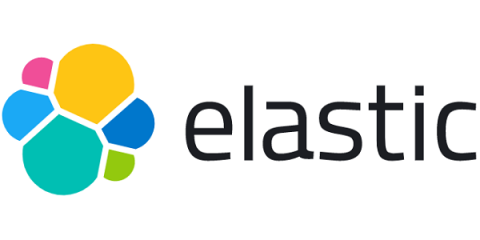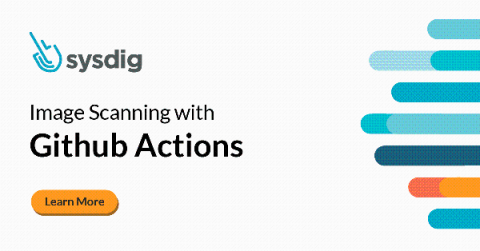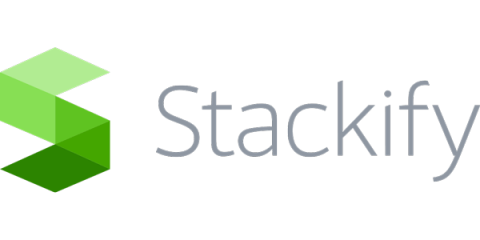2019 Magecart Timeline
We break down the timeline of the number one threat to ecommerce sites today – Magecart! This timeline includes all the significant Magecart attacks in 2019. With 4,800 formjacking attacks each month alone, this timeline only represents a small proportion of attacks reported in the public domain in 2019. Detect Web-skimming, Formjacking, and Supply Chain attacks before a Data Breach occurs with Magecart detection.








